The Sustainable Apparel Market is currently characterized by a dynamic competitive landscape, driven by increasing consumer awareness regarding environmental issues and a growing demand for ethically produced clothing. Major players such as Patagonia (US), Nike (US), and H&M (SE) are at the forefront, each adopting distinct strategies to enhance their market positioning. Patagonia (US) continues to emphasize its commitment to environmental sustainability through innovative product lines and transparency in its supply chain. Nike (US) is focusing on digital transformation and sustainable materials, aiming to reduce its carbon footprint while enhancing customer engagement through technology. H&M (SE), on the other hand, is pursuing aggressive regional expansion and partnerships to bolster its sustainable offerings, indicating a multifaceted approach to capturing market share. Collectively, these strategies contribute to a competitive environment that is increasingly centered around sustainability and innovation.
In terms of business tactics, companies are increasingly localizing manufacturing and optimizing their supply chains to enhance efficiency and reduce environmental impact. The market structure appears moderately fragmented, with a mix of established brands and emerging players vying for consumer attention. The collective influence of key players is significant, as they set industry standards and drive trends that smaller brands often follow, thereby shaping the overall market dynamics.
In August 2025, Patagonia (US) announced a new initiative aimed at increasing the use of recycled materials in its product lines, which underscores its long-standing commitment to sustainability. This strategic move not only enhances Patagonia's brand image but also positions it as a leader in the sustainable apparel sector, potentially influencing competitors to adopt similar practices. Furthermore, this initiative aligns with the growing consumer preference for eco-friendly products, suggesting that Patagonia is well-positioned to capture a larger market share.
In September 2025, Nike (US) launched a new digital platform that allows consumers to customize their apparel using sustainable materials. This innovative approach not only enhances customer engagement but also reflects Nike's commitment to sustainability and innovation. By integrating technology into its product offerings, Nike is likely to strengthen its competitive edge, appealing to a tech-savvy consumer base that values personalization and environmental responsibility.
In October 2025, H&M (SE) entered into a strategic partnership with a leading textile recycling company to enhance its circular economy initiatives. This collaboration aims to improve the sustainability of H&M's supply chain and reduce waste, which is increasingly becoming a focal point for consumers. Such partnerships are indicative of a broader trend within the industry, where collaboration is seen as essential for achieving sustainability goals and enhancing brand credibility.
As of October 2025, the competitive trends within the Sustainable Apparel Market are increasingly defined by digitalization, sustainability, and the integration of artificial intelligence. Strategic alliances are playing a crucial role in shaping the current landscape, as companies recognize the need for collaboration to meet sustainability targets. Looking ahead, it appears that competitive differentiation will evolve from traditional price-based competition to a focus on innovation, technology, and supply chain reliability, suggesting a transformative shift in how brands engage with consumers and position themselves in the market.


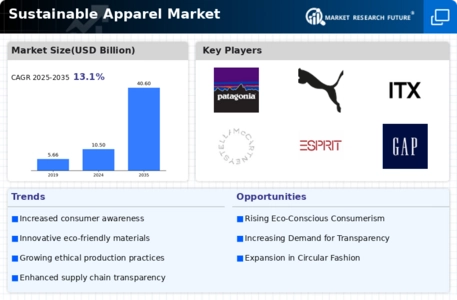
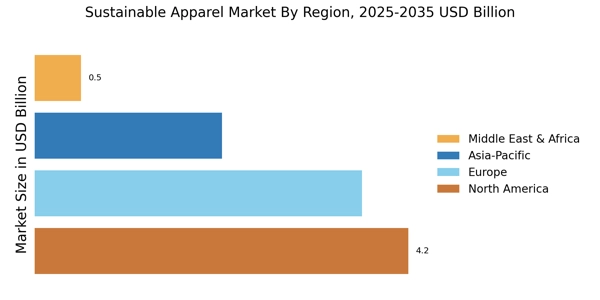
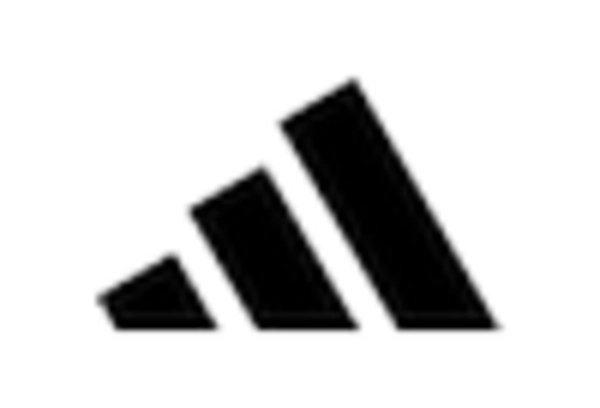
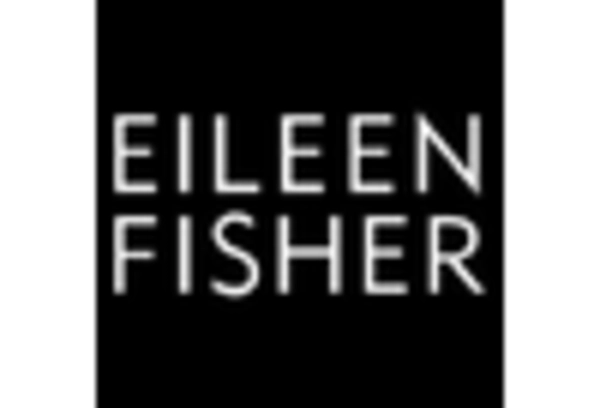
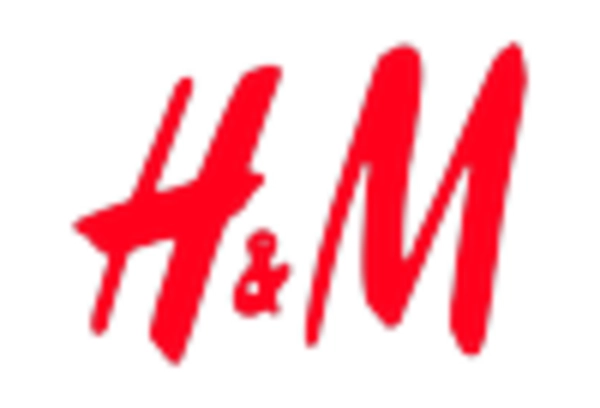
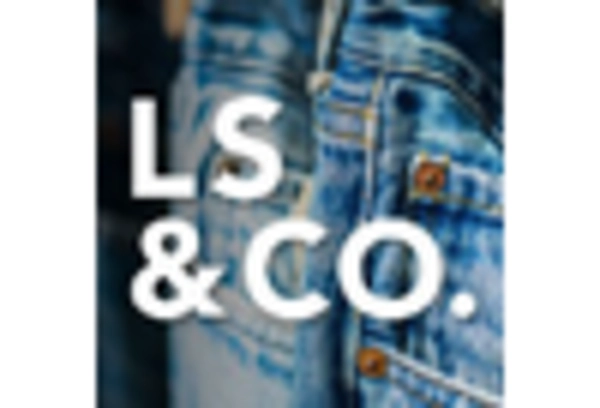
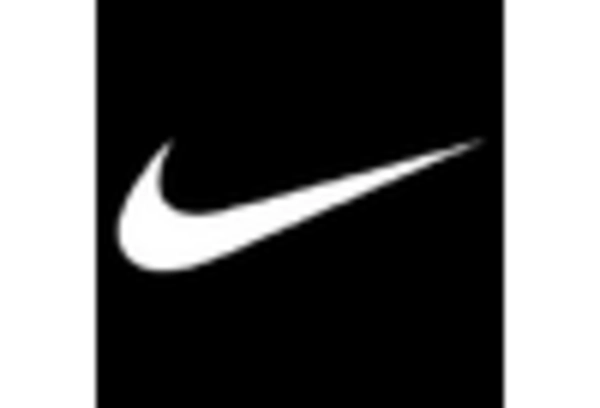
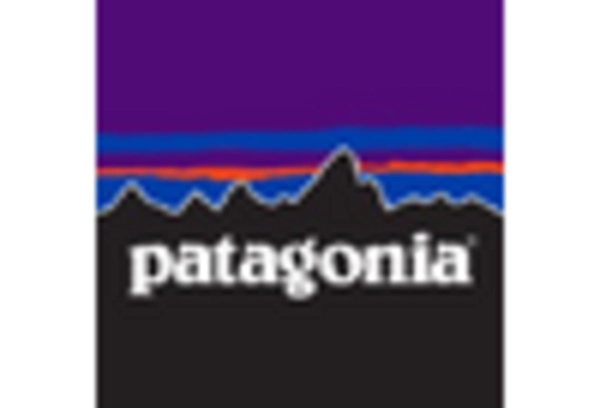








Leave a Comment